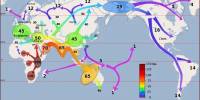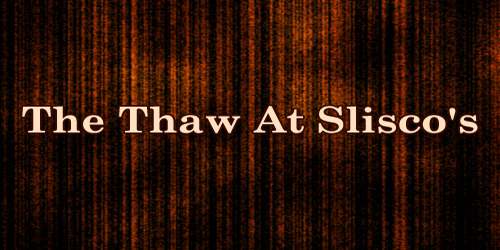Researchers discovered that the Amazonian butterfly is a hybrid species created by two different species mated together about 200,000 years ago. The discovery, made by an international team led by scientists from the University of York and Harvard University, shows how the genesis of new species can be more complex than previously thought.
Species are frequently referred to be the tips or leaves of a ‘tree of life’. In this scenario, new species are formed as the tips separate over thousands to millions of years.
Scientists now understand, however, that the branches of the tree of life are tangled, with DNA passing from one species to another through interbreeding on occasion. This might conceivably lead to the development of a new species, a process known as hybrid speciation. However, establishing hybrid speciation in animals is a challenging endeavor since scientists must show that breeding between two species resulted in the emergence of a whole new species that is genetically unique from both parents.
This discovery is critical in establishing that hybridization drove the development of Heliconius elevatus since it equipped the species with a distinct set of characteristics that preclude it from interbreeding with either of its parents.
Dr Neil Rosser
The team of experts, which includes researchers from several South American countries, discovered a hybrid species among the Amazon’s vividly colored Heliconius butterflies.
In a decade-long study, the researchers accumulated genetic and ecological evidence demonstrating that almost 200,000 years ago, the ancestor of today’s Heliconius melpomene and Heliconius pardalinus contributed parts of their genomes to produce a distinct third species, Heliconius elevatus, and that all three species now co-exist in the Amazon rainforest.
Professor Kanchon Dasmahapatra, from the University of York’s Department of Biology, and senior author of the study said: “Hybrid speciation may not be that uncommon, but convincing examples of animal hybrid species are really difficult to come by. In the few examples that exist, either the supposed hybrid species have only existed for a few generations and may be short-lived entities, or the hybrid species does not live alongside its parental species, making it difficult to know whether it is actually a new species.”

Lead author Dr Neil Rosser, a postdoctoral researcher at the University of York who now works at Harvard University, spent several years in the Amazon crossing the species involved to discover the genetic foundation of multiple features that are critical for a species’ individuality. These characteristics included color pattern, wing shape, host plant preference, sex pheromones, partner selection, and flight.
Dr Rosser stated, “Remarkably, we discovered that in Heliconius elevatus, the parts of the genome controlling these important traits are frequently derived from Heliconius melpomene.” This discovery is critical in establishing that hybridization drove the development of Heliconius elevatus since it equipped the species with a distinct set of characteristics that preclude it from interbreeding with either of its parents.”
Professor Dasmahapatra added: “With species’ distributions changing rapidly due to human actions and climate change, opportunities for hybridisation or mixing between species are likely to increase, which has important implications.
“This increased mixing will likely cause more genes to move among species, in some cases leading to species being swamped by other species’ genes, and in other cases possibly to the formation of new hybrid species in the future.”
The research is published in the journal Nature.
















